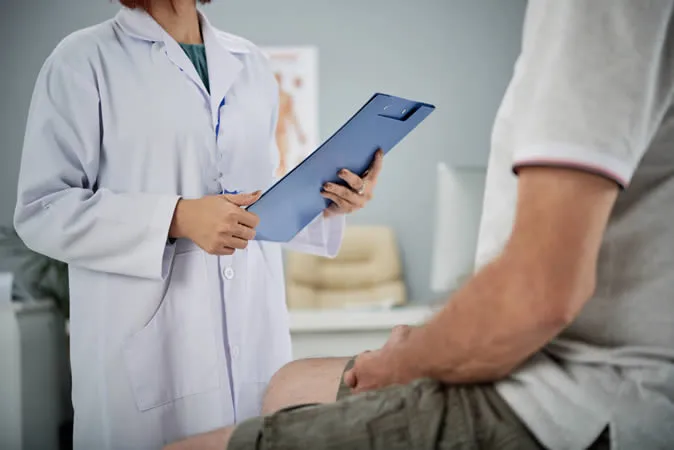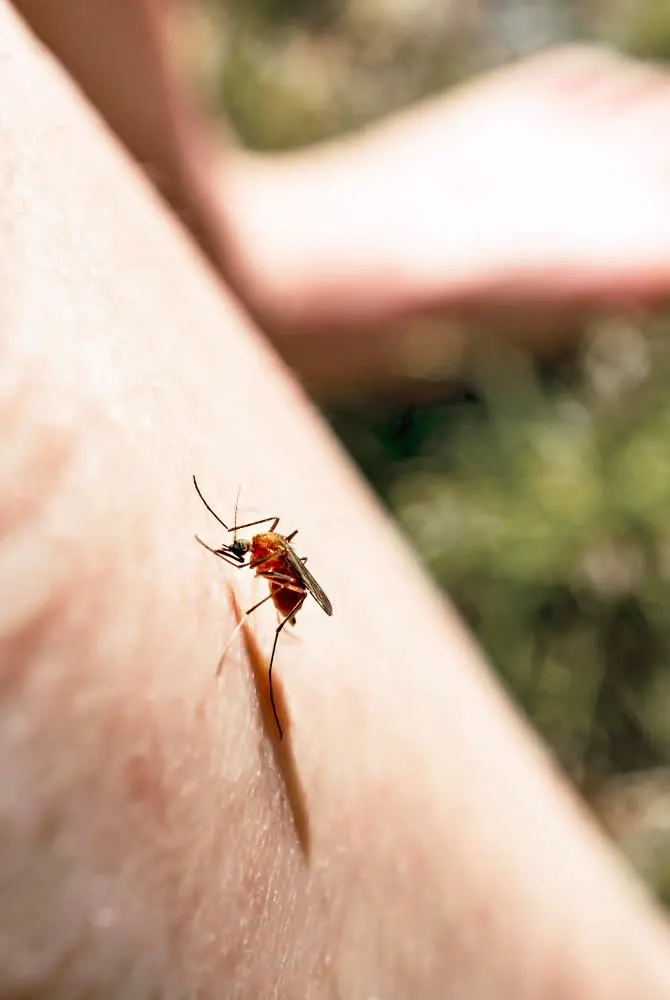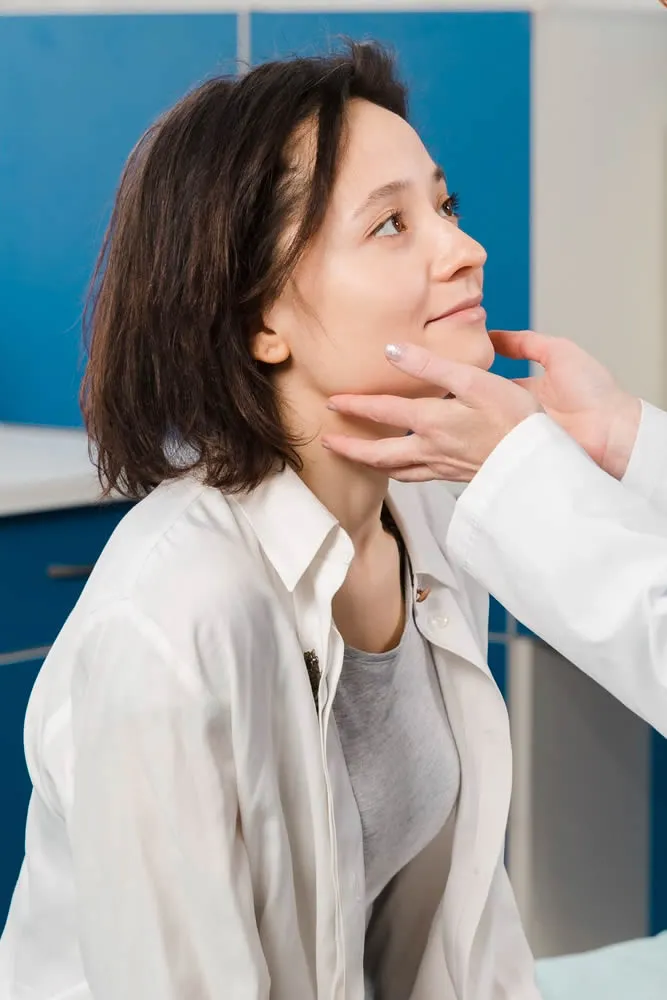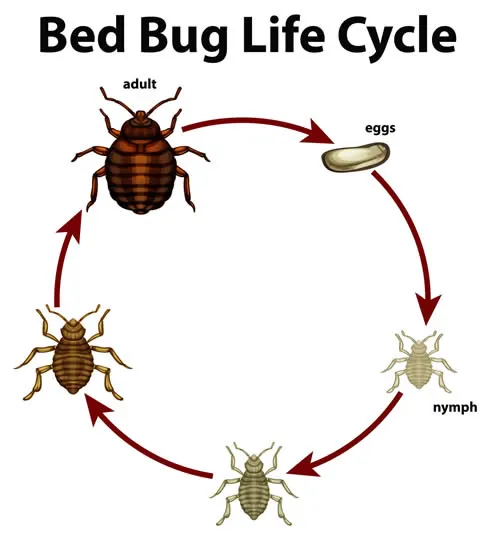Angiofibromas
What is Angiofibromas?
Angiofibromas are benign growths of blood vessels and fibrous tissue that can appear on the skin or mucous membranes. They can be associated with some genetic disorders or occur spontaneously. They are usually harmless and do not require treatment unless they cause cosmetic or functional problems.

What are the signs and symptoms of Angiofibromas?
Some possible signs and symptoms of angiofibromas are:
- Trouble breathing through one side of the nose or both sides due to airway obstruction
- A lot of nosebleeds, usually with blood coming from only one nostril
- A runny nose on one side that doesn’t go away after several days
- Pain on the outer part of the elbow (lateral epicondyle) or with wrist movements
- Vision, hearing, or speech issues due to tumor compression on the nerves or structures
- Facial abnormalities such as droopy eyelids or bulging eyes
- Loss of sense of smell (anosmia)
What are the causes of Angiofibromas?
The causes of angiofibromas are not well understood, but they may involve genetic mutations, hormonal factors, or local overgrowth of blood vessels and fibrous tissue. Some possible causes are:
- Tuberous sclerosis: a genetic disorder that affects the skin, brain, kidneys, heart, and lungs. It is caused by mutations in the TSC1 or TSC2 genes, which encode proteins that regulate cell growth and division. Angiofibromas are one of the characteristic skin features of tuberous sclerosis, along with ash-leaf spots, shagreen patches, and ungual fibromas.
- Birt-Hogg-Dubé syndrome: a rare genetic disorder that causes skin and kidney tumors, as well as lung cysts and pneumothorax. It is caused by mutations in the FLCN gene, which encodes a protein that interacts with other proteins involved in cell signaling and energy metabolism. Angiofibromas are one of the skin manifestations of Birt-Hogg-Dubé syndrome, along with fibrofolliculomas and trichodiscomas.
- Multiple endocrine neoplasia type 1: a hereditary syndrome that leads to tumors in several endocrine organs, such as the parathyroid glands, the pituitary gland, and the pancreas. It is caused by mutations in the MEN1 gene, which encodes a protein that acts as a tumor suppressor. Angiofibromas are one of the cutaneous signs of multiple endocrine neoplasia type 1, along with collagenomas and lipomas.
- Acquired angiofibroma: a benign growth that can occur spontaneously or due to unknown factors. It can appear on different areas of the body, such as the nose, face, penis, or mouth. It is composed of collagen, fibroblasts, and blood vessels. It is not associated with any genetic syndrome or systemic disease.
What treatments are available at the dermatologist for Angiofibromas?
Some treatments that are available at the dermatologist for angiofibromas are:
- Laser therapy: This involves using a high-energy beam of light to destroy the blood vessels and fibrous tissue that make up the angiofibroma. It can reduce the size, color, and number of lesions, but may cause scarring, pain, or infection.
- Abrasive therapy: This involves using a mechanical device to scrape off the surface layer of the skin where the angiofibroma is located. It can improve the appearance of the skin, but may cause bleeding, infection, or scarring.
- Topical mTOR inhibitors: This involves applying a cream or gel that contains a drug that blocks a protein called mTOR, which is involved in cell growth and division. It can shrink the angiofibroma and prevent new lesions from forming, but may cause skin irritation, infection, or allergic reactions.
- Topical beta-blockers: This involves applying a cream or gel that contains a drug that blocks the effects of adrenaline on the blood vessels. It can reduce the blood flow to the angiofibroma and make it less visible, but may cause skin irritation, infection, or allergic reactions.
- Surgical excision: This involves cutting out the angiofibroma with a scalpel or a sharp instrument. It can remove the lesion completely, but may cause scarring, pain, or infection. It may also require general anesthesia and stitches.

Angiofibromas on the face
Angiofibromas on the face are also called fibrous papules. They are small, red to skin-colored bumps that usually appear on the nose or around the mouth. They are more common in middle-aged adults and can be mistaken for other skin conditions, such as basal cell carcinoma or moles. Sometimes, multiple facial angiofibromas can be a sign of a genetic syndrome, such as tuberous sclerosis, Birt-Hogg-Dubé syndrome, or multiple endocrine neoplasia type 1.
FAQ About Angiofibromas
How are angiofibromas diagnosed?
Angiofibromas are diagnosed by their clinical appearance and confirmed by histopathology. A skin biopsy may be performed to examine the tissue under a microscope and rule out other conditions that may look similar.
What are the complications of angiofibromas?
Angiofibromas may cause complications such as scarring, pain, infection, or recurrence after treatment. They may also be associated with systemic manifestations of genetic disorders, such as neurological, renal, endocrine, or pulmonary problems.
What is the prognosis of angiofibromas?
Angiofibromas have a benign course and do not transform into malignant tumors. However, they may persist or recur after treatment. The prognosis also depends on the presence and severity of systemic involvement in genetic disorders.
Are angiofibromas contagious?
No, angiofibromas are not contagious. They are not caused by an infection or transmitted by contact.
Is there a dermatologist near me in Dayton that offers treatment for angiofibromas?
Yes. At our Dayton dermatology office we offer treatment for angiofibromas to patients from Dayton and the surrounding area. Contact our office today to schedule an appointment.







